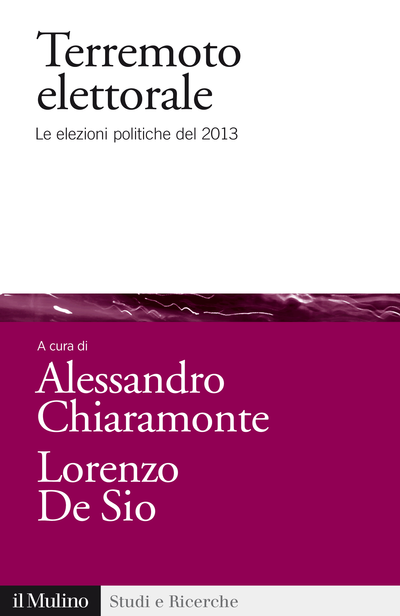Ricerca
-

Terremoto elettorale. Le elezioni politiche del 2013
A. Chiaramonte, L. De Sio (a cura di) Terremoto elettorale. Le…
-
Premessa
CHIARAMONTE, A. C. A., & Sio, L. D. (2014). Premessa. In…
-
Tanto tuonò che piovve: Il risultato delle elezioni
De Sio, L., & Cataldi, M. (2014). Tanto tuonò che piovve:…
-
Do parties still orient voters in times of crisis? Experimental evidence of partisan cueing effects in 2013 Italy
A promising strand of research is adopting survey experimental approaches to…
-
Il Senato: una lotteria senza vincitori
D’ALIMONTE, R. D. R. (2014). Il Senato:una lotteria senza vincitori. In…
-
Issue Yield: A Model of Party Strategy in Multidimensional Space
Parties in pluralist democracies face numerous contentious issues, but most models…
-
Usa e Italia: la politica nell’era digitale
D’ALIMONTE, R. D. R. (2014). Usa e Italia: la politica nell’era…
-
“Something Olde, Something New, Something Borrowed, Something Blue…”. On the twenty-eight separate European elections of 2014
De Sio, Lorenzo, Emanuele, Vincenzo, & Maggini, Nicola. (2014 21). “Something…
-
Bipolarismo Addio? Il Sistema Partitico tra Cambiamento e De-Istituzionalizzazione
Nel corso degli ultimi 20 anni il sistema partitico del nostro…
-
Le collocazioni sinistra-destra e la scelta di voto
Emanuele, V., & Serricchio, F. (2014). Le collocazioni sinistra-destra e la…